We explore - you benefit: Health, food, and climate
Friday, 11 February 2022 08:00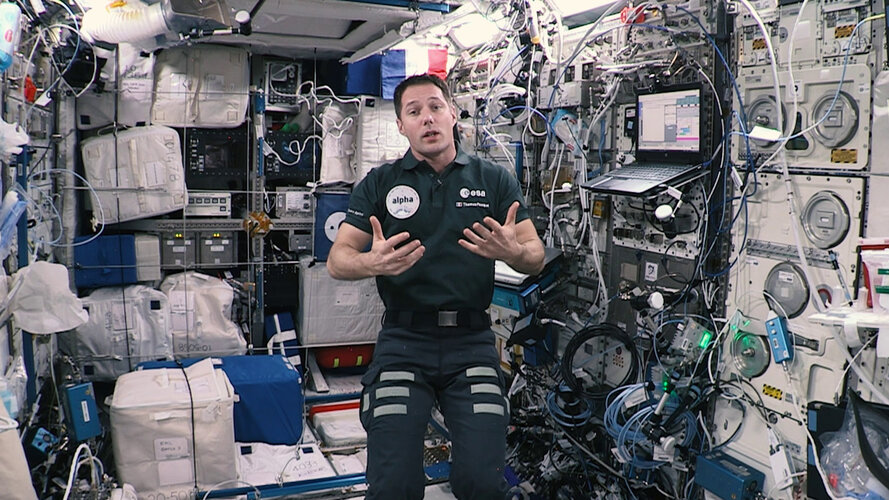 Video:
00:04:45
Video:
00:04:45
ESA astronaut Thomas Pesquet shows how space technologies and research onboard the International Space Station are used for the benefit of people on Earth. Thomas explains how space research is relevant to three of the United Nation’s goals: Health (SDG3), Zero hunger and food security (SDG2), and Climate action (SDG13). The Sustainable Development Goals are the world's to-do list for people and the planet by 2030.
Learn more about the European space laboratory, the Columbus module, and four examples of how space exploration supports sustainable development in Europe and in Africa.
This video is Part 2 of a
Rocket startup's Florida launch debut ends in ocean crash
Friday, 11 February 2022 07:56A rocket startup's big Florida launch debut ended with all four mini satellites destroyed Thursday.
California-based Astra sent its rocket soaring from Cape Canaveral after multiple delays, including a last-second engine shutdown Monday. The 43-foot (13-meter) rocket arced through a clear afternoon sky out over the Atlantic, carrying small research satellites sponsored by NASA.
But shortly after the first-stage booster dropped away, onboard cameras showed the second stage igniting and appearing to tumble. The video cameras went dark less than four minutes into the flight and the airwaves grew silent.
A launch commentator finally confirmed that the payloads failed to reach orbit. Three of the CubeSats were built by universities in Alabama, New Mexico and California, while the fourth was from NASA's Johnson Space Center in Houston. All ended up crashing into the ocean.
Astra CEO and founder Chris Kemp apologized for the loss in a tweet: "I'm with the team looking at data, and we will provide more info as soon as we can."
NASA mission manager Hamilton Fernandez reiterated the space agency's support following the accident.
"Missions like these are critical for developing new launch vehicles in this growing commercial sector," Fernandez said in a statement.
ESA selects payloads for Ariane 6 first flight
Friday, 11 February 2022 06:15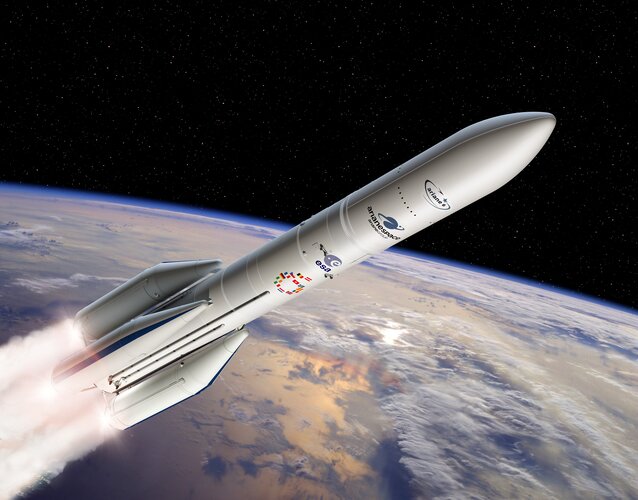
ESA in close collaboration with ArianeGroup and Arianespace has selected payloads which best fit the profile of the first mission of its new generation Ariane 6 launch vehicle from Europe’s Spaceport in French Guiana.
SDA seeks commercial Earth-observation data
Friday, 11 February 2022 03:16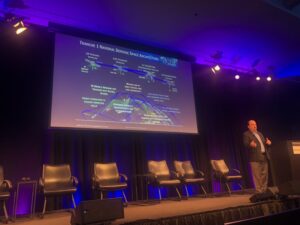
The Defense Department’s Space Development Agency is looking for ways to rapidly acquire Earth observation data.
The post SDA seeks commercial Earth-observation data appeared first on SpaceNews.
Arianespace launches 34 OneWeb satellites in first mission of 2022
Friday, 11 February 2022 01:06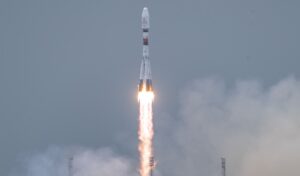
Arianespace launched another batch of OneWeb satellites Feb. 10 in the launch provider’s first mission of 2022.
The post Arianespace launches 34 OneWeb satellites in first mission of 2022 appeared first on SpaceNews.
DoD and satcom industry to work out details of how to build ‘zero trust’ networks
Friday, 11 February 2022 00:50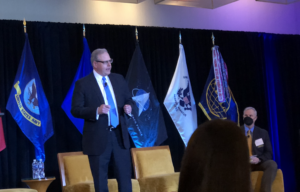
The Pentagon is now looking at how it will implement a 'zero trust' cybersecurity architecture across all DoD systems.
The post DoD and satcom industry to work out details of how to build ‘zero trust’ networks appeared first on SpaceNews.
NASA selects two heliophysics missions
Thursday, 10 February 2022 23:50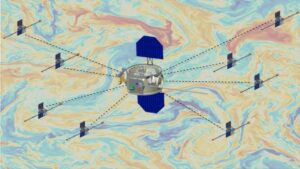
NASA has selected a spacecraft to study the sun’s corona and a cluster of smallsats to monitor turbulence in the solar wind as its next Explorer-class heliophysics missions.
The post NASA selects two heliophysics missions appeared first on SpaceNews.
ESA to host flagship office to coordinate global climate models
Thursday, 10 February 2022 23:21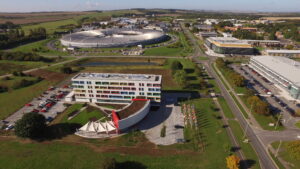
The European Space Agency announced plans Feb. 9 to host an international office to coordinate global climate modeling efforts for at least five years.
The post ESA to host flagship office to coordinate global climate models appeared first on SpaceNews.
Space Force eyes its own version of the metaverse
Thursday, 10 February 2022 22:31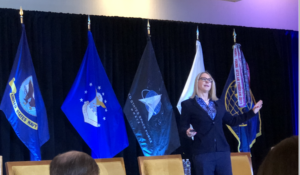
The Space Force could create our own version of the metaverse to train guardians, said Lisa Costa, chief technology and innovation officer.
The post Space Force eyes its own version of the metaverse appeared first on SpaceNews.
New Sun Missions to Help NASA Better Understand Earth-Sun Environment
Thursday, 10 February 2022 20:00 NASA has selected two science missions – the Multi-slit Solar Explorer (MUSE) and HelioSwarm – to help improve our understanding of the dynamics of the Sun, the Sun-Earth connection, and the constantly changing space environment.
NASA has selected two science missions – the Multi-slit Solar Explorer (MUSE) and HelioSwarm – to help improve our understanding of the dynamics of the Sun, the Sun-Earth connection, and the constantly changing space environment. Astra launch of NASA-sponsored cubesats fails
Thursday, 10 February 2022 19:34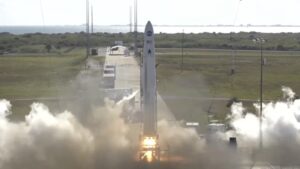
The first operational launch of Astra’s Rocket 3.3 vehicle failed Feb. 10 when the rocket’s upper stage appeared to tumble out of control after stage separation.
The post Astra launch of NASA-sponsored cubesats fails appeared first on SpaceNews.
Musk to give rare presentation on ambitious Starship rocket
Thursday, 10 February 2022 17:28
Billionaire entrepreneur Elon Musk is set Thursday night to deliver an eagerly-awaited update on SpaceX's Starship, a prototype rocket the company is developing for crewed interplanetary exploration.
The tycoon will make his presentation at SpaceX's Starbase facility near Boca Chica, south Texas, at 8:00 pm local time (0200 GMT Friday), against the impressive backdrop of the spacecraft in its fully-stacked configuration, standing 394 feet (120 meters) tall.
It will be Musk's first detailed progress report since 2019—though he often provides small updates on Twitter—and is expected be live-streamed on the company's website.
Space Force eager to invest in debris removal projects
Thursday, 10 February 2022 17:06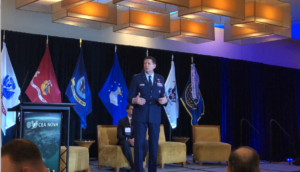
The Space Force wants to partner with private companies on debris removal initiatives, said vice chief of space operations Gen. David “DT” Thompson.
The post Space Force eager to invest in debris removal projects appeared first on SpaceNews.
Artemis I – European Service Module perspective
Thursday, 10 February 2022 17:00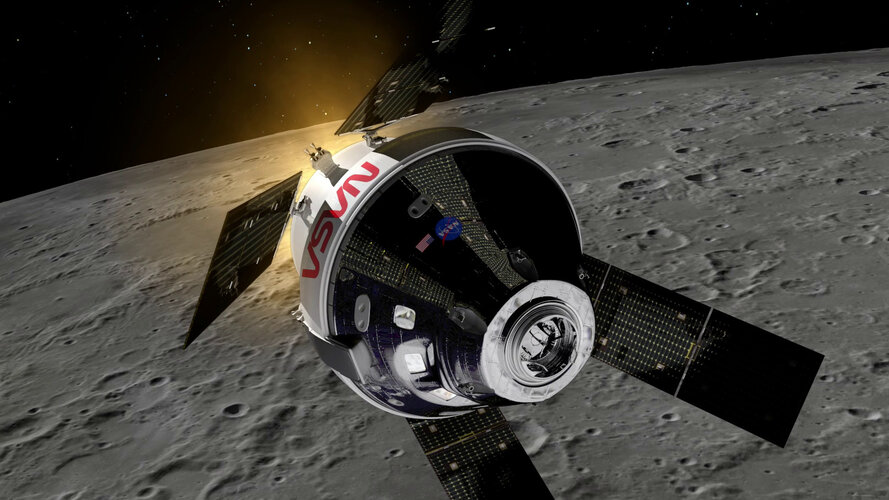 Video:
00:03:42
Video:
00:03:42
The Orion spacecraft with European Service Module will fly farther from Earth than any human-rated vehicle has ever flown before. This video gives an overview of the first mission – without astronauts – for Artemis, focussing on ESA’s European Service Module that powers the spacecraft.
The spacecraft will perform a flyby of the Moon, using lunar gravity to gain speed and propel itself 70 000 km beyond the Moon, almost half a million km from Earth – further than any human has ever travelled.
On its return journey, Orion will do another flyby of the Moon before heading back
NASA to Discuss Webb Telescope Progress, Mirror Alignment
Thursday, 10 February 2022 16:38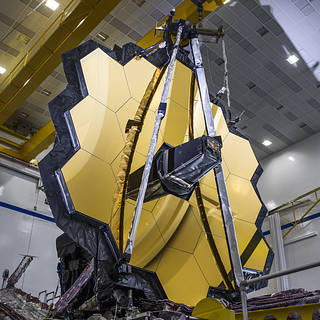 NASA will hold a media teleconference at 11 a.m. EST on Friday, Feb. 11, to share progress made in the early stages of aligning the James Webb Space Telescope’s mirrors.
NASA will hold a media teleconference at 11 a.m. EST on Friday, Feb. 11, to share progress made in the early stages of aligning the James Webb Space Telescope’s mirrors. 
